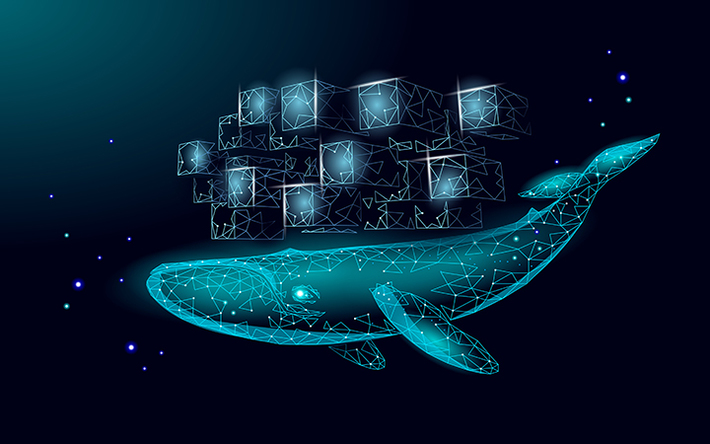
Kubernetes has simplified the deployment and management of containerized applications throughout the application lifecycle. It has enabled software development teams to leverage all the advantages of containerized applications without the management overheads of maintaining containerized environments manually.
A proper Kubernetes implementation can help development teams to reduce software delivery costs organically. In this post, we will see how Kubernetes can reduce costs in the delivery pipeline in the aspects of infrastructure management and application development.
Kubernetes in Infrastructure Management
Managing infrastructure can be one of the most complex endeavours in any software delivery pipeline. In a traditional deployment, all the necessary configurations and dependencies must be first set up before deploying the application to production. Containerization eliminates this requirement effectively, saving time and resources. Kubernetes takes this solution a step further by abstracting the underlying infrastructure and providing a single platform for application deployment.
Efficient Use of Resources
The primary advantage of this approach is the ability to use resources more effectively. Unlike having separate servers that cannot be utilized to their fullest capacity or capped at max capacity, K8s treats all the underlying hardware as a single entity and effectively distributes workloads(containers) to match the resources. Yet, it still allows users to configure this workload distribution manually. This abstracted nature allows you to reduce unnecessary resource provisioning while utilizing existing resources to their maximum capacity. In some instances, managed Kubernetes solutions will help to reduce infrastructure costs further as they adhere to a pay-as-you-go model that requires users to only pay for the consumed resources.
Automated Management
Automated scaling and availability features of Kubernetes also contribute to cost savings. If a container fails, K8s will instantly replace that container while spinning up new containers to meet the scaling needs. All this functionality is carried out by Kubernetes itself without the need for manual interventions or depending on third-party tools.
Freedom of Choice
Kubernetes also provides infrastructure freedom without being vendor-locked to a specific provider. Even with managed K8s solutions, users can seamlessly move between providers with minimal configuration requirements as they are based on Kubernetes. It enables users to gain the best value of these managed solutions without negatively impacting the software application. This freedom greatly benefits multi-cloud or hybrid architectures by allowing users to utilize the most cost-effective platforms while preserving the K8s platform and application configurations.
Kubernetes in Application Development
As mentioned above, containers enable users to discard separate dependency and configuration management from the delivery pipeline in application development. The primary advantage offered by Kubernetes when it comes to application development is the consistency of the environment. In most delivery pipelines, there are at least two separate environments for staging and production. Staging is used for testing, while production is used for finally deploying the applications.
Unified Environment Management
Kubernetes allows developers to target their developments to a single platform and seamlessly transition the application between staging and production environments. This is possible as users can maintain a single Kubernetes cluster configuration mirrored between the environments (staging and production) without having to maintain them separately. It also helps to exactly imitate production conditions in staging, leading to fewer production bugs as well as time and resource savings.
Ease of Troubleshooting
Due to the maturity and highly active community of Kubernetes, solutions for most problems can be found all over the internet when it comes to troubleshooting. It cuts down troubleshooting time and reduces the need for organizations to utilize expensive support plans when using managed K8s services. For example, suppose you are having issues pulling container images from a container registry. In that case, you can find excellent articles like this to troubleshoot the Imagepullbackoff error, then quickly fix the issue and get the development back on track.
Kubernetes Centric Architectures
K8s is not just a simple container orchestration platform. It comes with some other robust features such as load balancing, secret management, and storage facilitation. These features allow users to create application architectures that reside entirely within the Kubernetes cluster without relying on any external services. If we consider a microservices-based application, Kubernetes can manage internal communication between microservices (containers) while also managing both internal and external traffic for end-users with a single ingress.
Rapid Application Development
With the widespread adoption of DevOps, automated delivery pipelines based on continuous integration and continuous delivery have become the backbone of the software development process. The major advantage here is the ability to integrate Kubernetes into these pipelines easily. Thus, Kubernetes can reduce manual container management responsibilities in a container-centric delivery pipeline and help speed up the overall development process.
Conclusion
Some may perceive that Kubernetes will lead to additional management overhead and increased costs. However, in reality, the norm is the complete opposite. As pointed out in the previous sections, Kubernetes can help reduce costs in multiple ways throughout the application lifecycle in the aspects of both application development and infrastructure management. The best advantage is that Kubernetes allows users to save costs without affecting the rapid development cycles required to meet the ever-increasing consumer and market demand.
